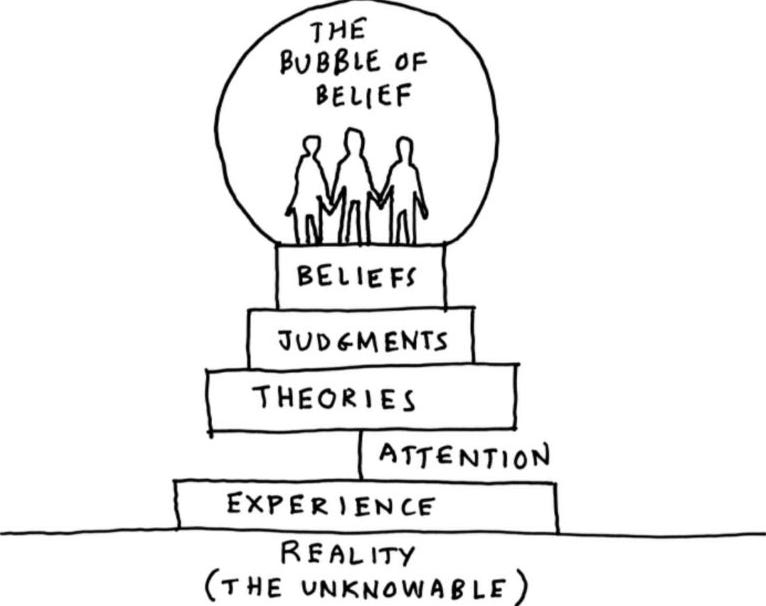Local Luck, Literally
It’s this time of the year again, when the future seems more just around the corner than ever before.
But this time, something’s different, again: transition of political power over here in Germany, rising Covid-cases in Europe, an apparently not-so-transitory inflation, a world-wide supply chain crunch, “a Global North greenwash festival”, and of course, the metaverse.
This week, I spent a desk lunch session at the agency to have a look not only at the most recent trend decks (we got a monthly subscription from a dedicated boutique) but also scan through some older decks since 2014 and to compare the developing buzz words over the years (a more systematic assessment might make an interesting undergrad summer thesis in a history class).
My preliminary, and admittedly quite biased, conclusion is that much of future babbling venture capital seems pretty detached from most people’s everyday experienced reality. Another thesis, in a sociology class, might look at how this kind of detachment relates to a Marxian notion of alienated productivity.
My learnings from this session also integrate with a larger idea I keep thinking about in the past six or so weeks: how does the most available data define our sensemaking of reality, anticipation of nearer future, experience of options and degrees of freedom - and how much of an advantage is it really to process all of this on a biological vs machine intelligence framework?
As for biological intelligence, I found a useful concept in Dave Gray’s excellent Liminal Thinking (2016), in which the author presents a strikingly simple visualisation of how we come from the much cited 11 million bits per second experience scape of a complex, multidimensional, unknowable reality to a comfortable, collectively created belief bubble ”that reinforces and protects our beliefs by denying that alternative beliefs are within the realm of possibility”.
Notice that attention needle, on which all of our higher-order theories, judgments, and beliefs appear so perfectly to balance? This is the 40 bits per second pipeline of our conscious attention, which is like a high-pass filter for only the most relevant information to us in each current need state, which again is biased to protect our, well, higher-order theories, judgments, and beliefs.
This is, we are constantly processing on a locally optimally selected experience maze, explaining so much of availability and confirmation bias, as well as our astounding mental gymnastics when facing cognitive dissonance and the need to protect our egos.
In his new book ‘Klara and the Sun’ (2021), Kazuo Ishiguro tells the beautiful story of solar-powered humanoid social care robot (Artificial Friend) Klara, as she interacts with her genetically modified teenage owner Josie, Josie’s family and neighborhood in a vaguely described dystopian near future.
Klara is not the latest model in her production series and appears to notably deviate from the standard in the way she processes her local experience maze, which gives her unusally enhanced skills of contextual awareness.
As the story unfolds, we learn that for Klara the Sun is much more than just a source of functional, operational energy. [Redacted for massive spoilers], so reading ‘Klara and the Sun’ with a basic background in statistics and machine learning is intellectually fun and, thanks to the author’s mastery of craft, emotionally immersive.
Pairing it with Dave Gray’s ‘Liminal Thinking’ makes a strong case for how the more we rely on machine intelligence, the more we really rely on chance - the rather improbable chance that any local perspective, or more technically, input data configuration, will be able to break out from its initial path dependencies to generate effective solutions for global, or at least less local, problems.
In this respect, and thinking of trend deck season and everything else going on just now, how much of an advantage is biological intelligence then, really?

Take care and stay lucky,
Daniel





